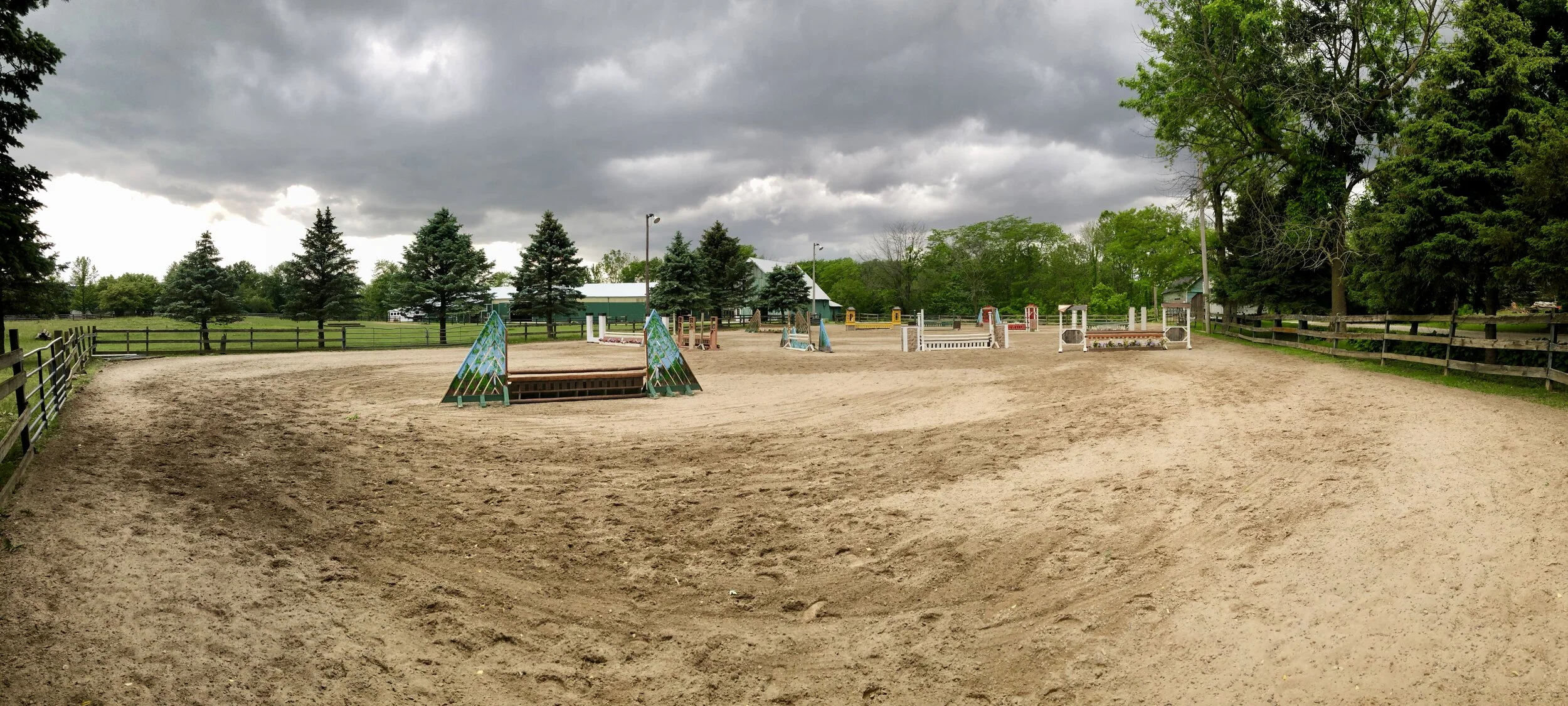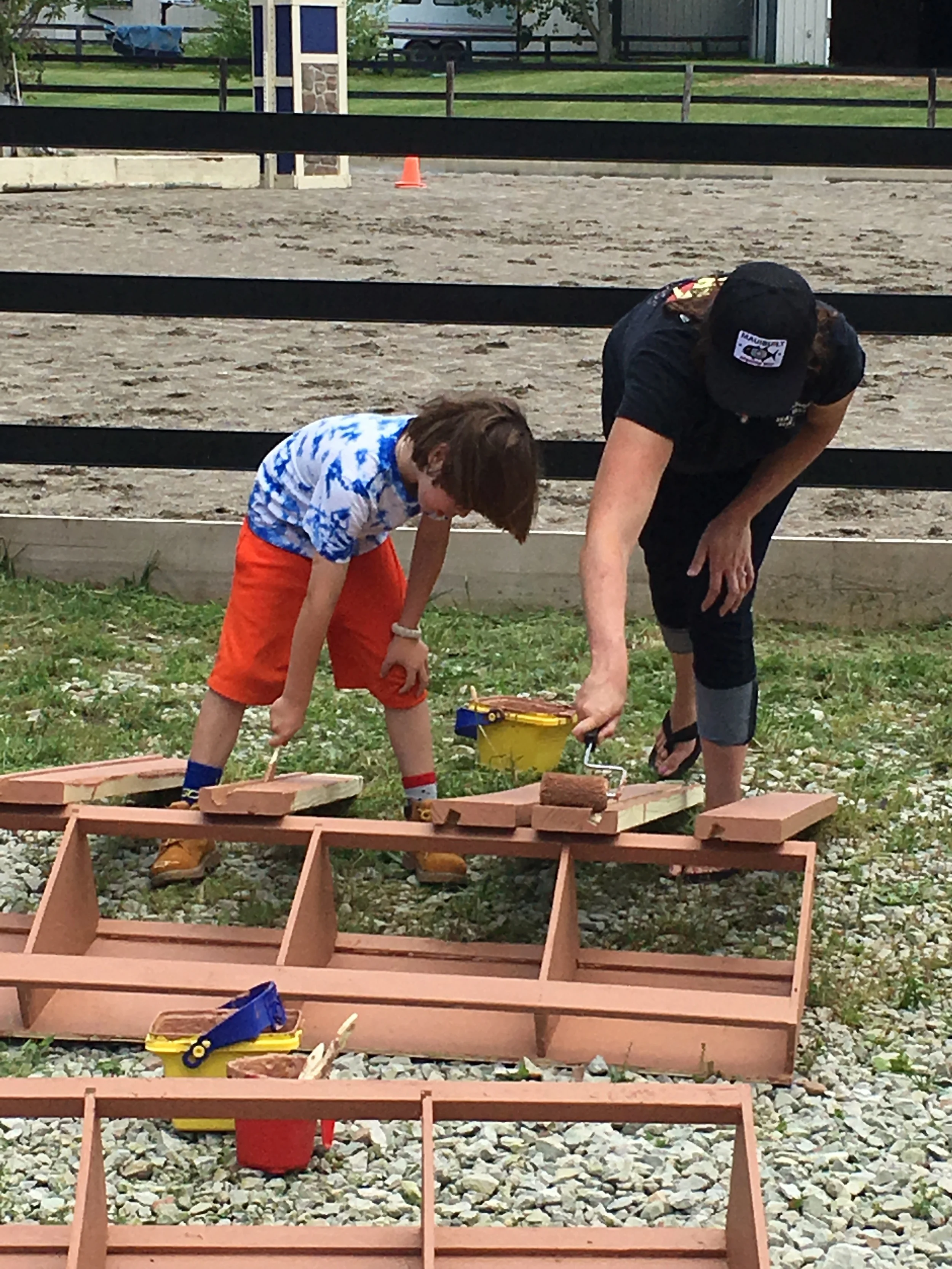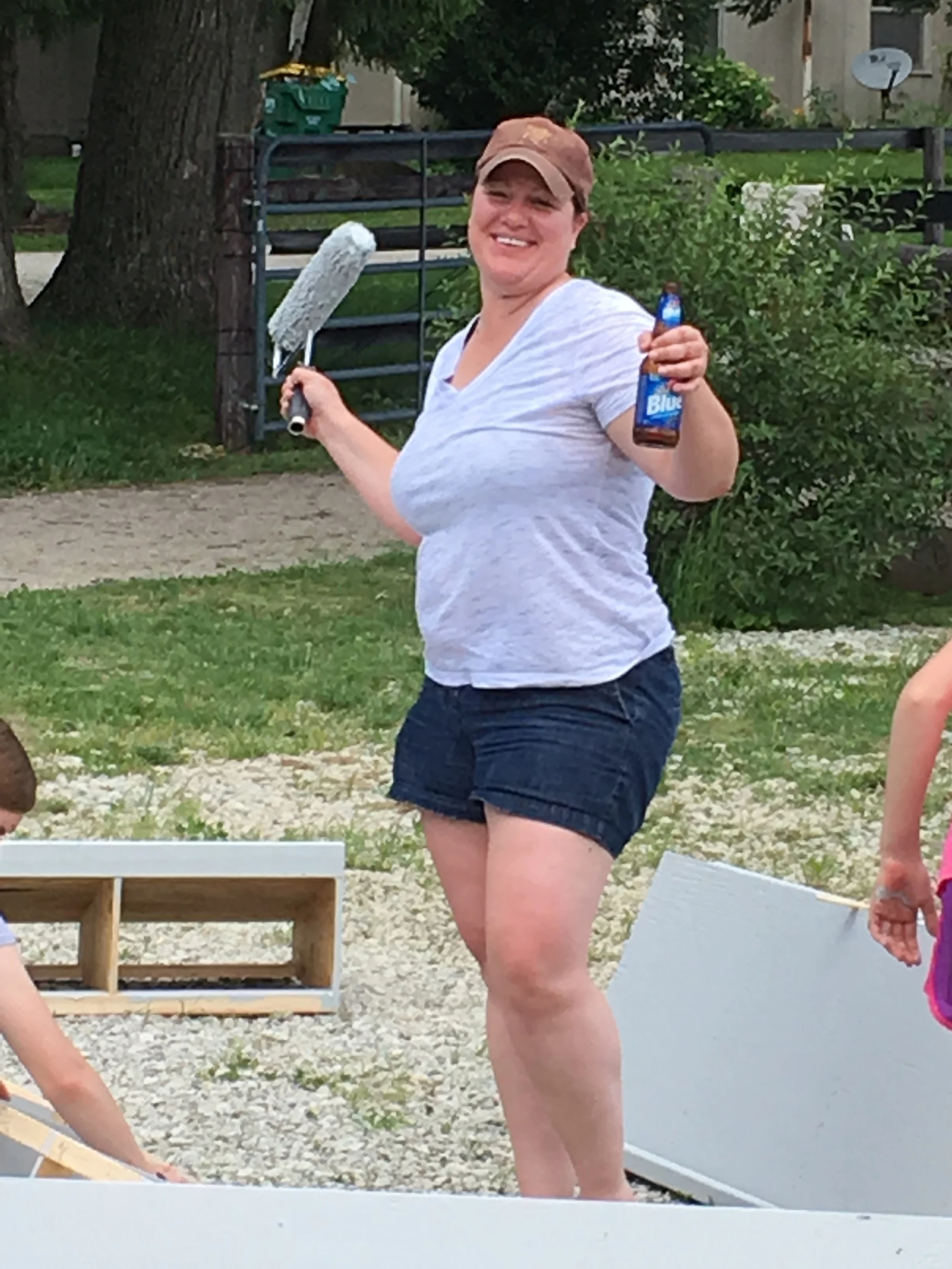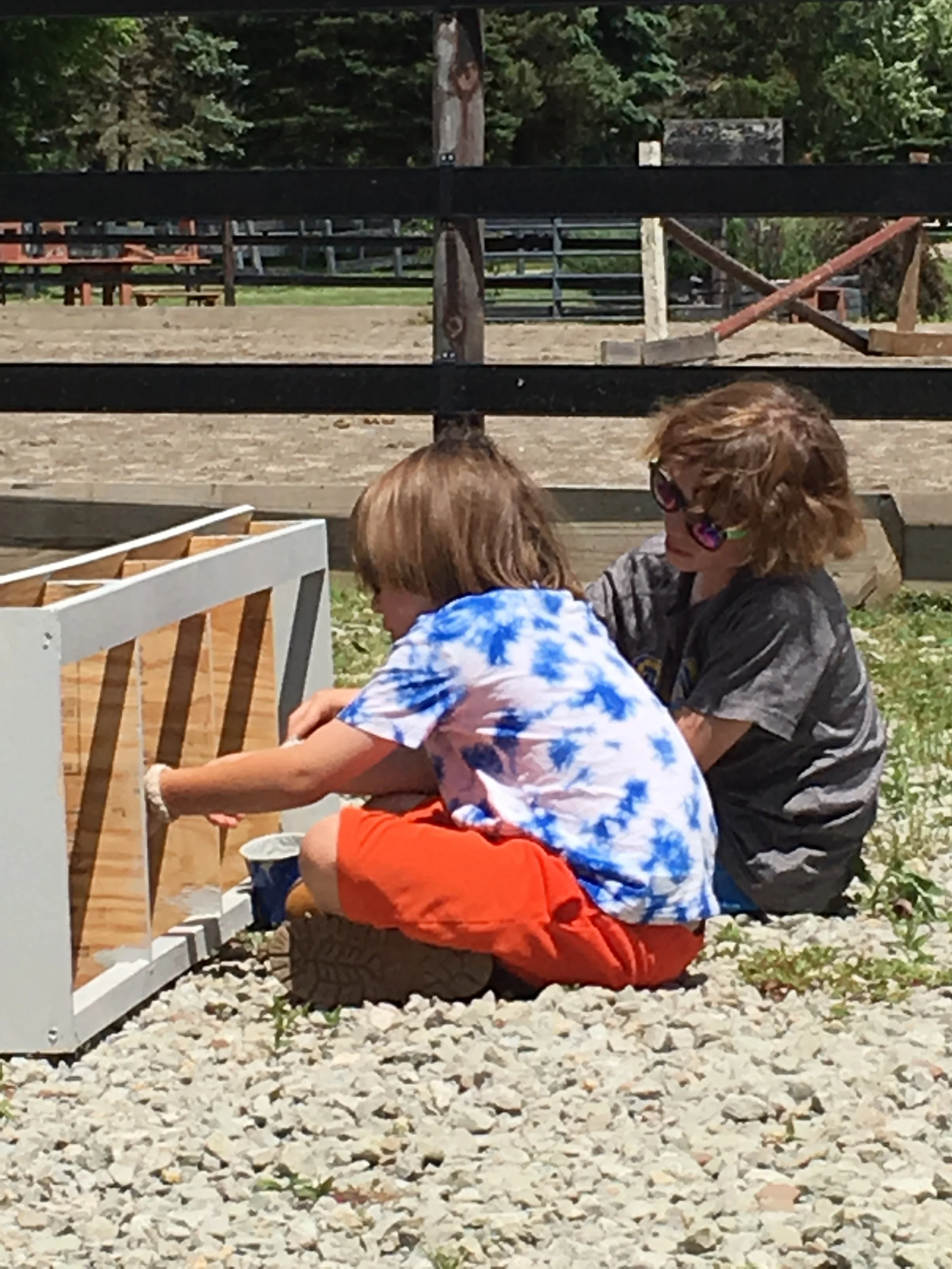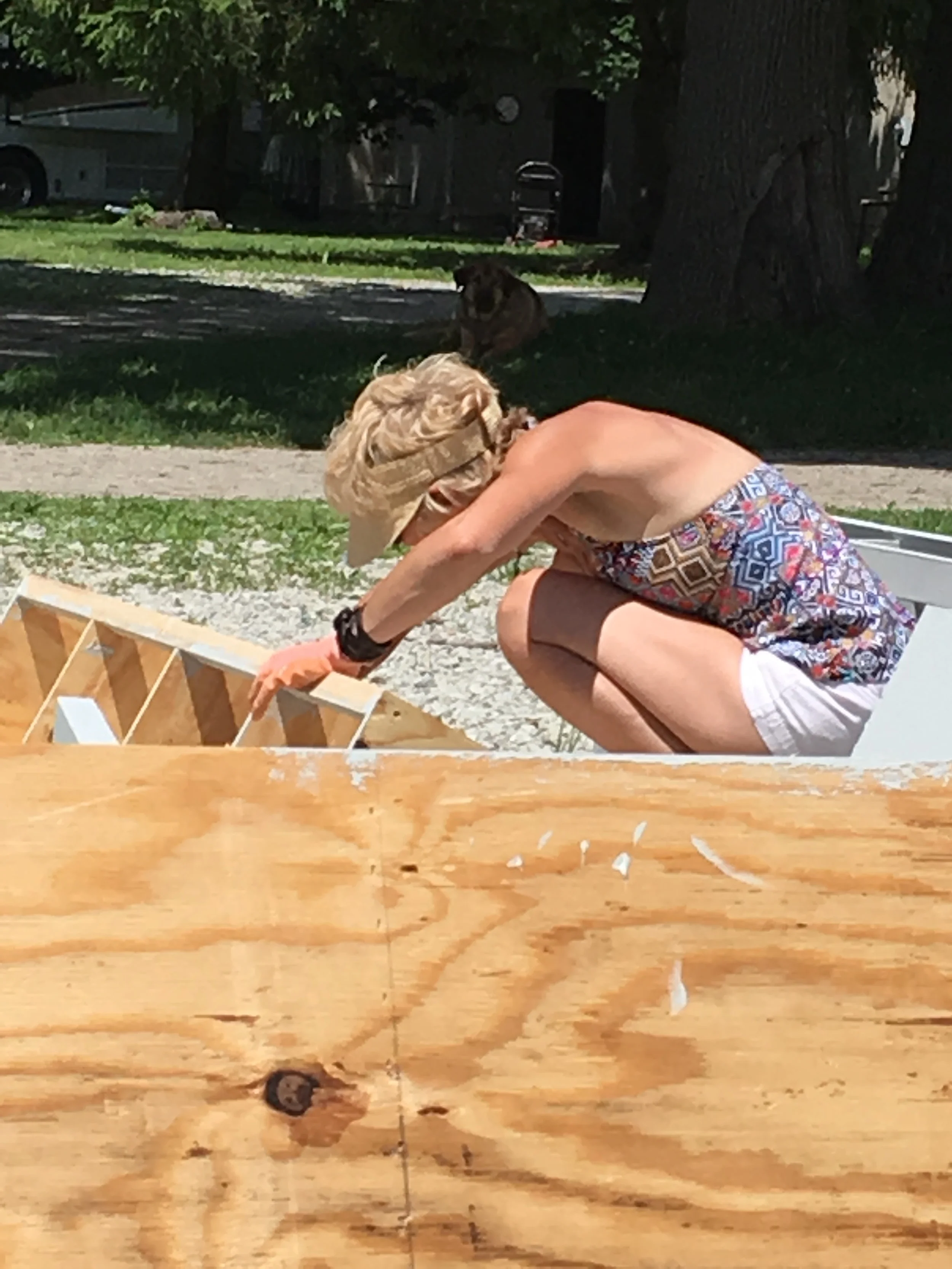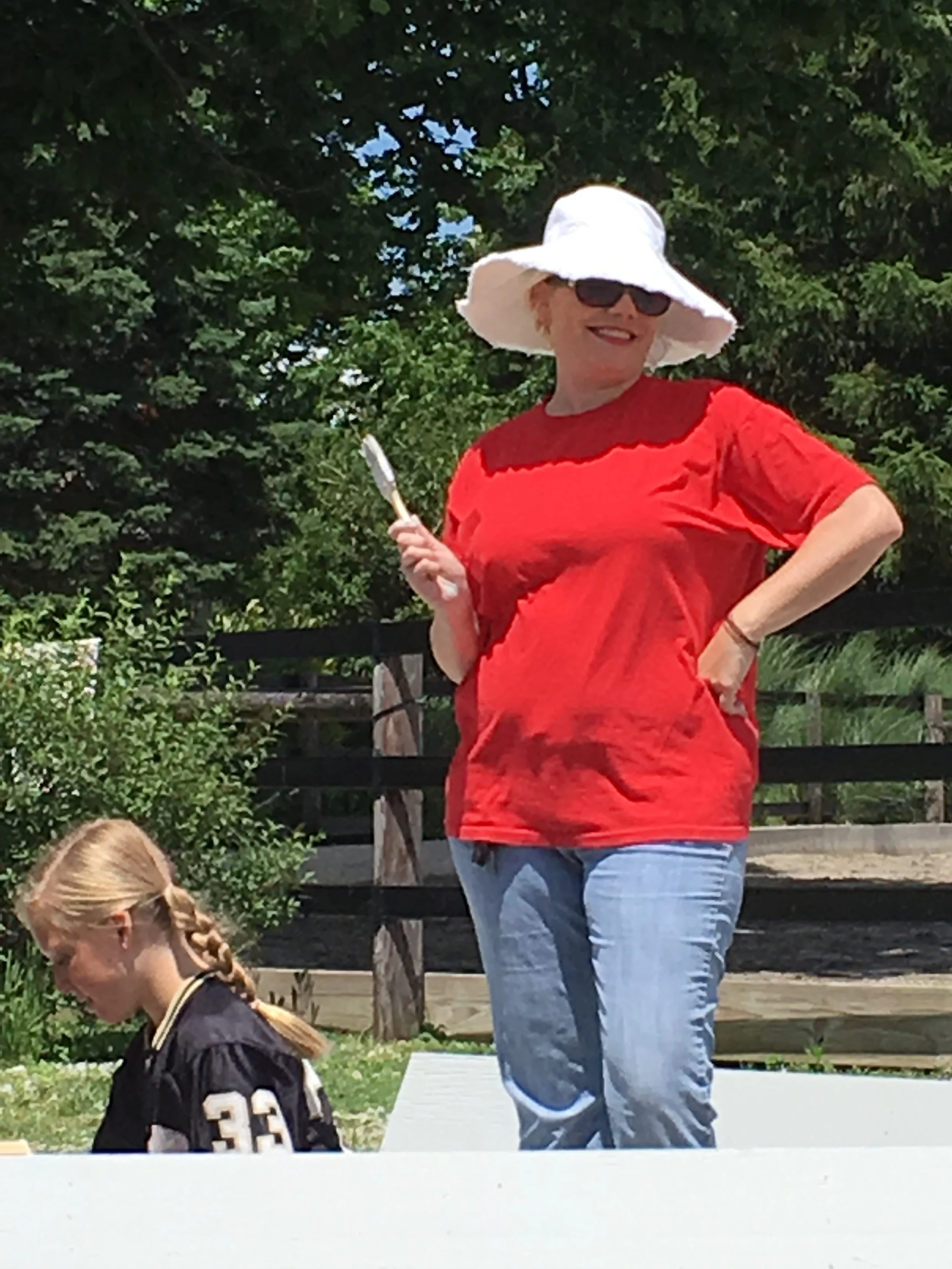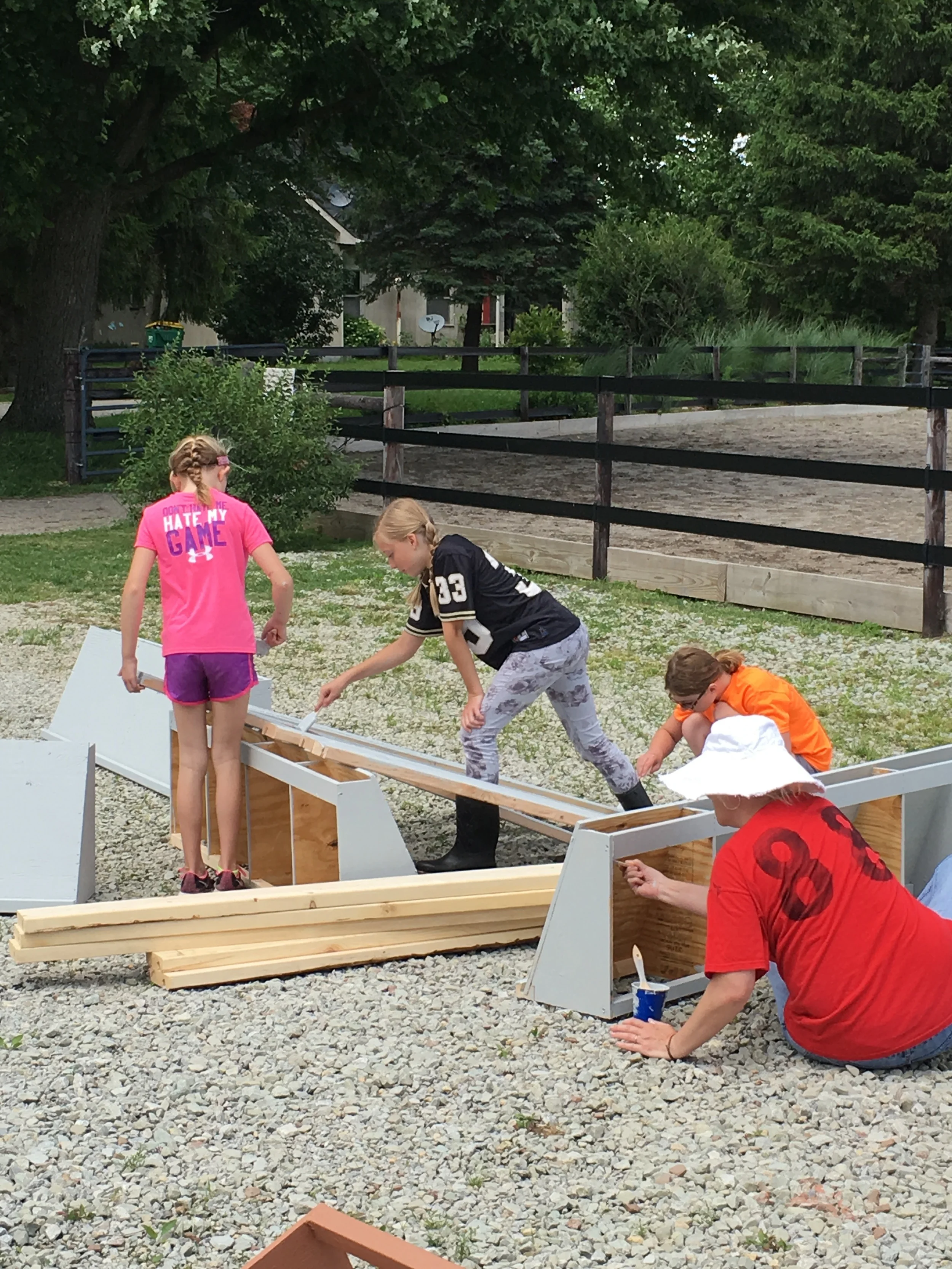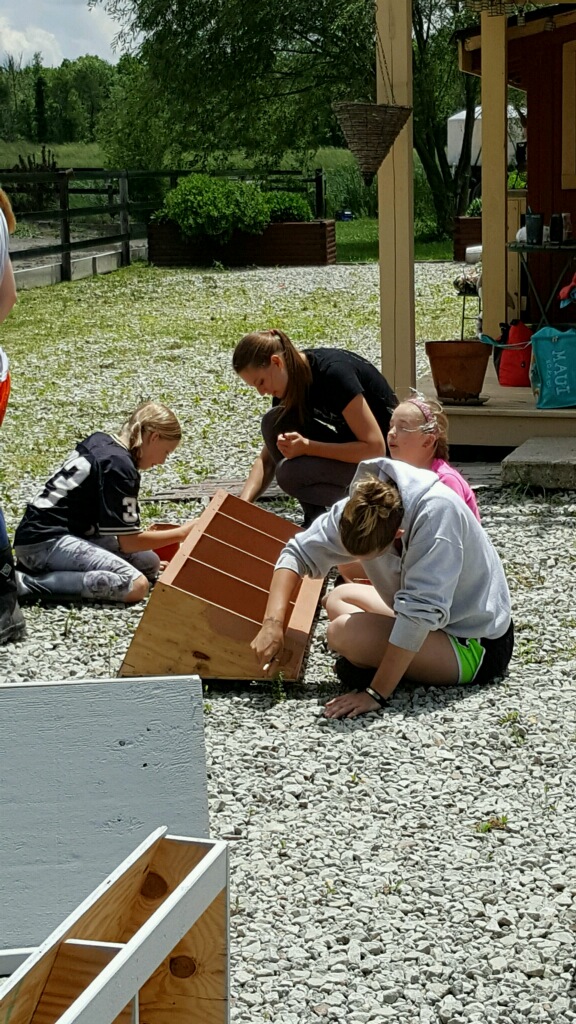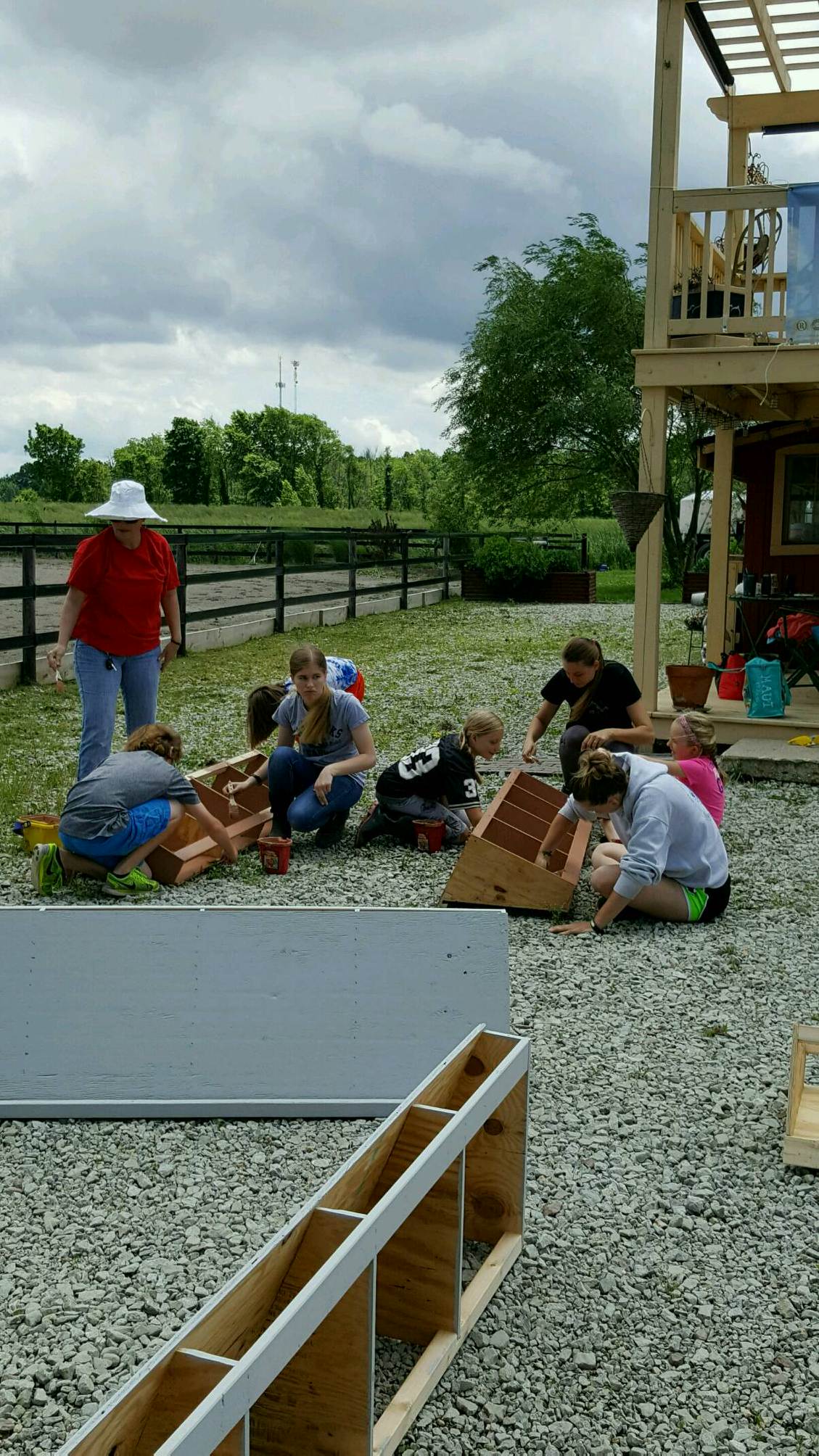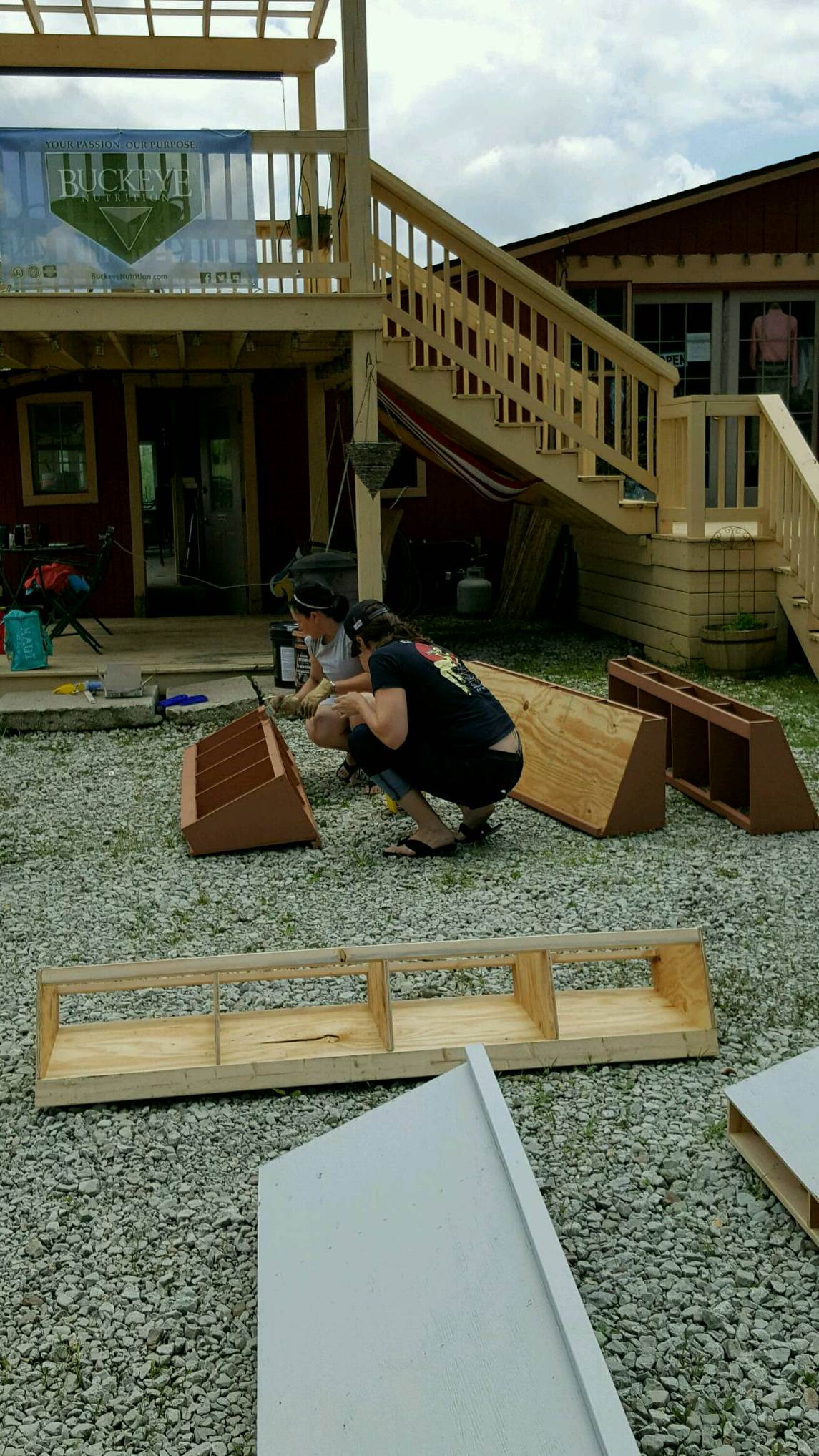by Katherine O. Rizzo
In the Beginning
If you look up the word “equitation” in the Webster Dictionary, it reads “the act or art of riding on horseback.” Historically speaking, “equitation” was first defined as the basics of how to ride by the Greek philosopher and master horseman Xenophon in his riding manual Peri Hippike, written around 400 B.C.
From there, we move to the Middle Ages, an era in which the speed and maneuverability of the horse was harnessed for combat. These large horses gave way to lighter horses that were bred during the Renaissance. Eventually the first riding academies opened in the 16th century. Even though developing horses and riders for warfare was the focus of these schools, riders were taught how their positions and aids directly influenced the way the horse traveled. Thus “equitation” became defined as “communication.”
In the 18th century, all but the famed Spanish Riding School were destroyed during the French Revolution and Napoleonic Wars. Equitation was thought to be lost but somehow managed to prevail.
Captain Federico Caprilli, an Italian cavalry officer, first developed the modern forward seat jumping style in the early 1900s. Using this technique, which he demonstrated the during the 1906 Olympic Games, the Italians began to dominate at international competitions.
In the U.S during the 19th century, the word “equitation” began to be used mainly to describe a rider’s position. Through the U.S. Cavalry School at Fort Riley, Kansas and the open hunt fields throughout the country, riders started to focus on perfecting their equitation. Fort Riley’s school opened in 1887 and for 63 years trained some of the best military horseman in the country. At Fort Riley, military men learned all aspects of horsemanship, and chief instructor Lt. Col. John K. Brown developed the concept of the forward seat at a time when the majority believed a rider’s seat should remain touching the saddle at all times.
Brown concluded in 1922, through taking hundreds of photographs, that the correct way to jump a horse “is for the rider to lean forward, with his buttocks off the saddle while approaching the jump, during the entire jump, and until the horse takes a stride or two after the landing.” This method, already introduced by Caprilli and being used in much of Italy, France and England, was at first received with criticism and skepticism in the U.S.
Eventually the method became more accepted throughout the world, though even today some judges prefer a more balanced seat to the forward seat. The forward seat style eventually gave birth to Hunt Seat Equitation, which is the style being used in today’s show rings.
In the 1930s, Vladimir Littauer, captain of the Russian Imperial Cavalry, established the Boots and Saddles School in Manhattan. Littauer wrote several books and taught the forward seat style of riding to many accomplished equitation riders. His teaching methods directly influenced the likes of future equestrian legends George Morris and Jane Dillon.
Although the exact date of the first American equitation class is unknown, in Maryland, the first recorded reference to such a class was at the Sparks Agricultural High School Horse Show on September 5, 1936. It was recognized by the Maryland Horse Shows Association (MHSA).
Through the years, the overall basic equitation position has remained the same, but details are always changing. Debates over crest releases versus automatic releases (read “Crest Release: Crutch or Correct?” on equiery.com), the proper type of horse, and the type of jumping questions being asked have kept equitation riders and trainers on their toes. One thing is clear, however: “Equitation” is now defined as a class judged on the rider, not the horse. The U.S. Equestrian Federation (USEF) divides equitation classes into Hunter, Saddle, Western and Dressage Seat divisions. All have their own rules and styles of riding, but all use “equitation” to mean the rider.
Modern Equitation
In 1970, as part of a chapter in Harlan C. Abby’s book Showing Your Horse, equitation guru George Morris wrote “there is no doubt that equitation classes have changed over the last few years.” He went on to write how the caliber of riders and trainers has forced course designers to include more jumper-type questions, such as rollbacks and angled lines. The equitation course at that point required a “more definite, stronger ride, with more transitions to show specific decisions of the rider,” according to Morris. At the upper levels of the sport, the trend towards harder courses continues today.
Edna Lytle of Otasage Farm agrees with Morris’ analysis of the ever improving rider: “Riding today is much more sophisticated. There are so many different classes that riders need to be more specialized.” Judge and trainer Bob Crandell would also agree saying that the “standards are set higher and higher all the time. Everyone wants to top themselves each year.”
Another topic on which Morris and Lytle would agree is the use of outside courses, either over grass or in large arenas with no fencing, to test a rider’s overall horsemanship. Morris said this type of class would “give a real balance to the various types of horsemanship classes.” These courses, which “required a more forward pace,” according to Lytle, have pretty much disappeared from the modern equitation world.
Summer Hill Farm owner Gretchen Mobberley also reminisces about the use of outside courses. “We rode on all sorts of surfaces. Most were grass rings, not inside, and they made better horsemen.” She goes on to say that there were “no measured distances and you had to ride off your eye.” Mobberley says that today’s “manicured rings with measured distances … in a lot of ways are making much nicer riders.” She notes that today’s riders are very methodical and professional, “but in terms of managing horses, [they are] not as good.”
As a result of moving courses to the confines of a fenced ring, “riders today are just not as functional,” says Clay Hill Stables owner and trainer Emmie Prettyman. If one is up for the challenge, head over to Morven Park in Leesburg, Virginia where outside classes are still held if there are enough entries.
Dwindling Classes
The actual size of equitation classes in much of Maryland and Virginia has suffered greatly in the last few years as well. In the late ’70s, when Starr Dalley of Oatland Stables was competing as a junior, classes often went into the hundreds and took all day. She remembers one show on the Florida circuit where she was rider 99 to enter the ring, and there were still competitors numbered after her! “I don’t remember a class with only six riders ever,” she muses.
Classes today at most local shows are so small that often the show organizers will cancel them. “I think it is becoming a cost factor,” says Dalley. “There are so many shows to choose from and people want more success right away instead of taking the time to train.” With the addition of several new divisions, including Adult Amateur and Amateur Owner, riders are finding themselves stretched thin. Many are abandoning equitation and choosing other divisions in which to specialize. Former junior equitation star Liz Sponseller from New Market doesn’t even compete in the equitation classes anymore. And yes, there are equitation classes for adults these days. “You can’t do it all and I am focusing on the adult amateur classes now.”
About 20 years ago, equitation classes were seen as the bridge between hunters and jumpers. Riders would often spend a season or two practicing their skills in the equitation ranks before moving into jumpers. Some would continue to use the equitation classes as warm-ups for their jumper divisions. Now, with many low jumper classes to start in, riders no longer feel a need to come up through the equitation ranks.
What Are They Looking For?
In 1946, Margaret Cabell Self listed the test requirements for both flat and jumping Hunt Seat Equitation classes in her book The Horseman’s Encyclopedia. If you compare the 2008 USEF Equitation Rule Book (visit equiery.com and click on “News and Resources” for a link) with Self’s list, the only five additions are: turn on the forehand, serpentine at the trot or canter, counter canter, turn on the haunches, and being asked a “trivia” question by the judge. Fourteen out of the 19 tests from which a judge may choose have not changed in the last 62 years!
The desired rider position has also remained basically the same. “The same basics are being looked for in terms of the rider’s body position, general style, and a little release when jumping,” says Jack Stedding of Monkton Manor Farm.
Prettyman, however, feels that even though the “specifications have stayed relatively the same, the styles have changed.” For example, she notes that riders today are using shorter stirrups. Crandell also says that he “sees a change often” in the general style of the rider. “There was that whole debate over crest release verse automatic release … I don’t want to see anyone throwing their hands up necks with today’s courses getting so complicated.”
Then there is the issue of regional trends. As Emmie Prettyman’s son James Prettyman (who trains out of his Pickwick Stables) notes, “Our area is a bit between the deeper seat and the hunt seat. Not too many [judges] like to see the hunt seat anymore.”
The current correct rider’s position is actually described in great detail in the USEF rulebook. There is even a description about the angle in which the riders’ knuckles should be held, which is thirty degrees inside the vertical. You would think that, with the correct rider position so well defined, judging at various shows would be consistent. Unfortunately, many find that is not the case.
Rachel Agee from Harmony Ridge Stable finds that what judges are looking for is changing constantly. “Even how you enter the ring is different from show to show,” says Agee. “You ride for one judge who wants to see a half-seat and then the next wants your seat in the saddle for the whole course. This inconsistency is a huge problem.” The younger Prettyman would also like to see “a more consistent way of scoring so that riders have better feedback and understand what is being expected of them.”
Others, like Streett Moore from the Maryland Horse Show Association and McDonogh School, think that judges are “looking for the same things, but the riders are being presented with different types of questions.” As an example, Moore points out that tests like galloping to a fence are not used that often, since many riders simply don’t like to do this anymore. “Some outlines on how to judge have changed some, but there haven’t been any real rule changes,” says fellow judge Linda Andrisani.
On the other hand, there are those like Patty Foster of Rolling Acres who think that the judging has improved, even become more consistent. “Judging has gotten much better and many winners are actually continuing on to place at the top of their classes in championships,” she says.
Course Design
Since equitation classes are judged primarily on their jump classes, with those scoring well being asked to return for a flat class, some feel that it is today’s courses—rather than the rider’s equitation—that are dictating the final standings. “The difference today is what you are being asked, not the judging,” says Moore. Agee would agree on that point, saying that it’s often “whoever gets the correct spot or stride [who] wins the class, not the one with the good position.”
USEF “R” judge Ken Krome of K-2 Show Stables in Westminster also feels that the courses are becoming “more demanding, and the course is what is dictating the placings.” Because the courses are becoming more technical, often the judge must “first look at who did the test correctly before judging the equitation,” says Persimmon Tree Farm’s Carolyn Krome, who is Ken’s mother and a judge herself. “A judge can’t really judge the equitation if the test isn’t performed correctly,” she explains.
According to Lytle, at the “good shows where they have pride … course design is more sophisticated and they ask more questions then they used to.” This seems to be true on the upper level circuits, but the local level still appears to be playing catch-up. Equitation is “supposed to be a stepping stone between hunters and jumpers,” says trainer Adrian Ford, but these courses are often “dumbed down” at the local level.
Some trainers believe these simpler courses are not helping those riders looking to qualify for regional or national finals. “Many riders who qualify [for championships] at local levels in weaker areas are not prepared for finals because they are used to hunter-style courses,” says Crandell. Willow Wood trainer Kim Williams feels the same, saying, “Our area is not a strong equitation area. This is great for the kids in that it doesn’t overface them, so they can improve. But those courses are not challenging enough to prepare riders for the Maclay.” (Read the gray box for more information on the Maclay Finals.) Williams would like to see courses at the local level get progressively harder as the season continues to help riders “get a feel of what is expected” for finals.
Although the USEF is very clear as to what must be included in a jump class, it is the individual course designers who really have control over the courses. “Some [shows] are going back to the old coops and birch rails,” says Foster, while “others are jumper-like [using painted rails].” Ken Krome agrees, saying that it is the “course designers and show management that drive the sport, and they are not being consistent in what they offer.”
There tends to be a division between zones, as well, in terms of what riders face in their jump classes. “Zones 1 and 2 tend to use jumper courses for the Maclay classes, but in Zones 3 and 5 you’ll see the Maclay held over a hunter-style course,” says Andrisani. Ken Krome remarks, “You can look at a show schedule and predict what the style of course will be, based on what ring it is scheduled in.” If in the jumper ring, expect flashier fences and more turns. If in the hunter ring, expect plainer fences and a hunter-style course. No matter which style of course is presented, Foster would like today’s courses “not to be so trappy” and allow riders to maintain a good rhythm and focus on their equitation throughout.
The Warmblood Influence
With the change in course design has come a change in the equitation horse. No longer do we see equitation mounts used in hunter or jumper classes. The versatile horse of the past, often a Thoroughbred, has given way to a new breed of horse … literally.
Many find that, just as the various divisions have become more specialized, so has the horse. Mobberley remembers when “we rode what we had” and that same horse was used for many different divisions. “Now they have specific types of horse for each class,” she notes. For equitation, Mobberley looks for a horse that is “well schooled. Most have years of experience and are beautifully made.
Foster says that today’s equitation classes are a “whole different ballgame and require a whole different horse and rider.” She feels that an older retired grand prix show jumper is better suited for modern equitation classes, which is a huge shift from the foxhunting horses that used to fill the division.
Lytle finds that the biggest change in the equitation horse is the influence of the warmblood. “The warmblood has found its way into all aspects [of equestrian sports],” she acknowledges. Moore also says that he is seeing “more and more warmbloods” making their mark in the equitation classes. James Prettyman also likes the warmblood, noting that they have a “great temperament and rideability [and] ease over the bigger jumps.”
Williams still prefers the refined Thoroughbred, explaining that it is “important to have a horse that isn’t too big … to present [an] overall pretty picture.” Crandell points out that no matter what the breed, for equitation you “need a horse that can make it look easy but is scopey enough to jump and turn.”
A Lost Art?
So with some things changing drastically and others staying the same, some judges liking one thing and others something else, and some course designers creating hunter-style courses and others jumper-style courses, where does this leave the future of equitation? Are the ever-dwindling class sizes an indication that equitation has finally seen its end? Or will it continue to evolve and make its mark on the next generation of future stars?
Only time will tell.

